A project where students apply their measurement and fraction knowledge to determine where furniture goes in a restaurant.
Welcome to Frida’s Fiesta, the world’s greatest Mexican-style restaurant.
This teaching resource is a project designed to test students’ comprehension and measurement skills. The manager at Frida’s Fiesta has requested help making a layout for the restaurant’s opening. The manager has a list of furniture replacement requests but is flexible with other decisions. Students must read their step-by-step instructions carefully and apply their measurement and fraction knowledge to determine where everything goes.
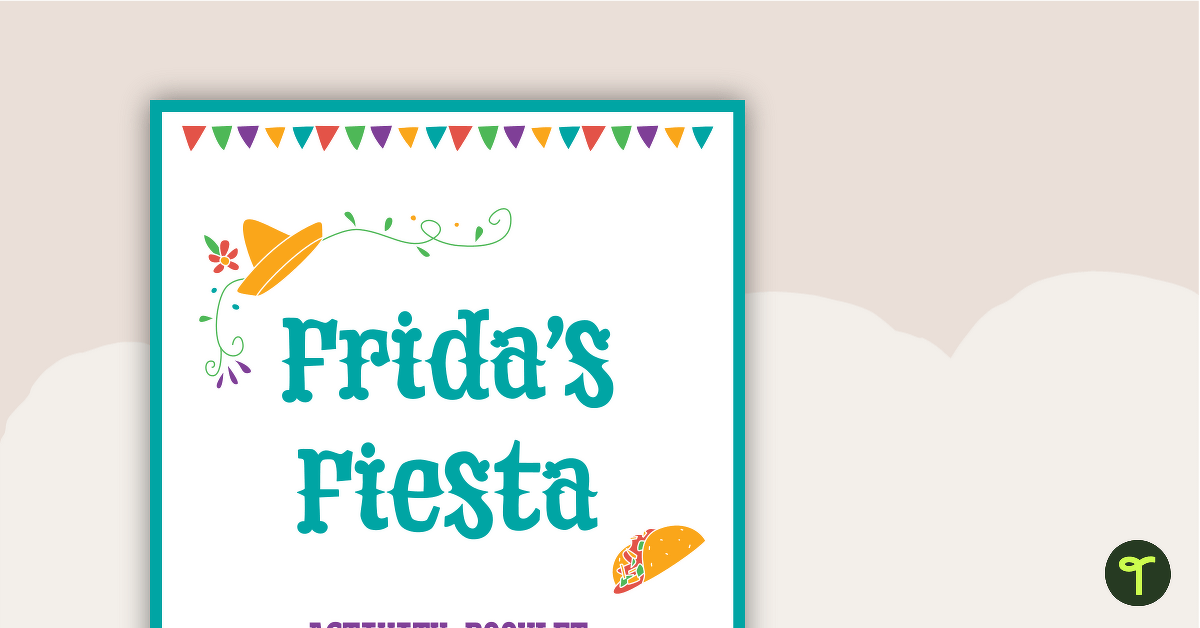
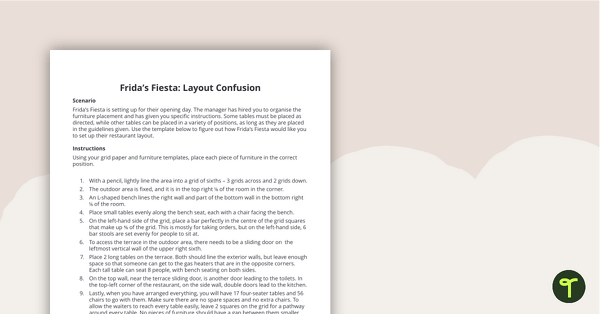
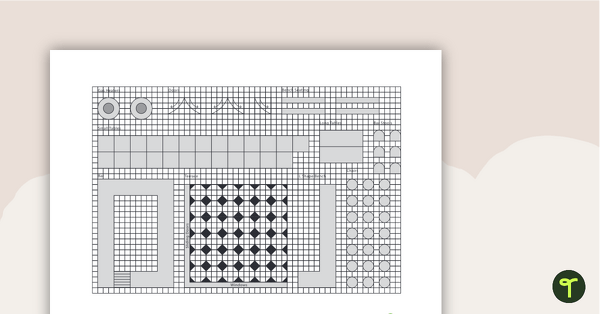




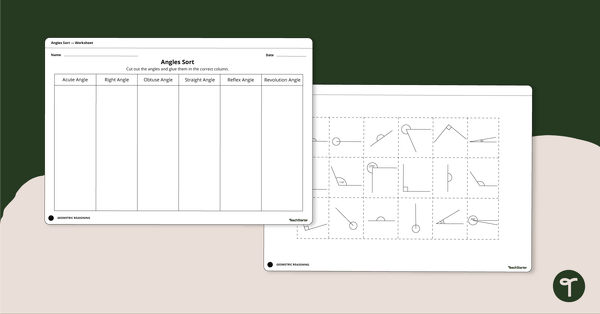


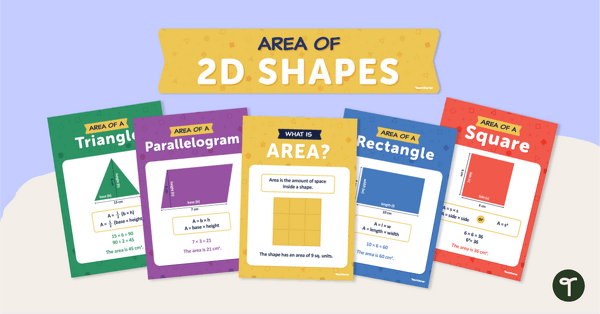

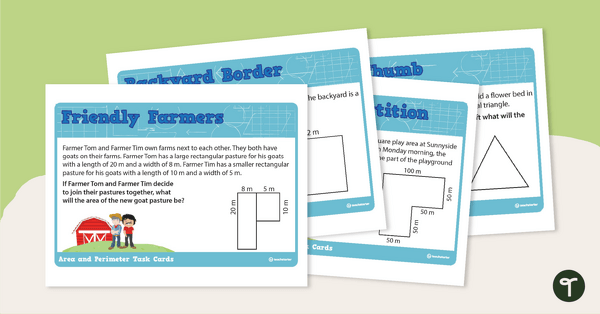

0 Comments
Write a review to help other teachers and parents like yourself. If you'd like to request a change to this resource, or report an error, select the corresponding tab above.